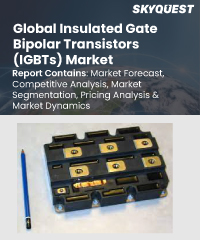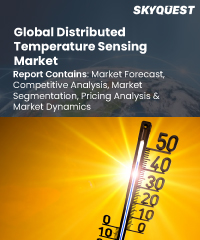Product ID: SQMIG45N2087
Global Semiconductor Memory Market Size, Share, Growth Analysis, By Type(DRAM, NAND Flash Memory), By Application(Consumer Electronics, Enterprise and Data Centers) - Industry Forecast 2024-2031
Report ID:
SQMIG45N2087 |
Region:
Global |
Published Date: February, 2024
Pages:
157
|
Tables:
64 |
Figures:
75
Global Semiconductor Memory Market Insights
Semiconductor Memory Market size was valued at USD 96.62 billion in 2021 and is poised to grow from USD 102.59 billion in 2022 to USD 165.75 billion by 2030, growing at a CAGR of 6.18% in the forecast period (2023-2030).
The global semiconductor memory market has experienced increasing demand for memory-intensive applications across various industries. Semiconductor memory devices, such as RAM (Random Access Memory) and ROM (Read-Only Memory), play a crucial role in the functioning of electronic devices, including smartphones, computers, automotive systems, and IoT devices. The market's expansion is attributed to technological advancements, the proliferation of smartphones and data centres, and the rising adoption of connected devices worldwide. Factors fueling the growth of the semiconductor memory market is the rapid evolution of artificial intelligence (AI) and machine learning (ML) technologies. These applications require significant memory capabilities to process and analyse vast amounts of data in real-time. As AI and ML become increasingly integrated into various sectors, the demand for high-performance memory solutions is expected to soar, driving further growth in the semiconductor memory market. The escalating adoption of 5G technology is another pivotal factor influencing the market's expansion. With 5G networks becoming more widespread, there is a surge in data consumption, leading to a heightened need for efficient memory solutions. Semiconductor memory plays a vital role in enhancing data transfer speeds and improving overall system performance in 5G-enabled devices, contributing to the market's growth.
US Semiconductor Memory Market is poised to grow at a sustainable CAGR for the next forecast year.
Global Semiconductor Memory Market Report Snapshots
Want to customize this report?
Our industry expert will work with you to provide you with customized data in a short amount of time.
REQUEST FREE CUSTOMIZATION



 USA (+1) 351-333-4748
USA (+1) 351-333-4748
